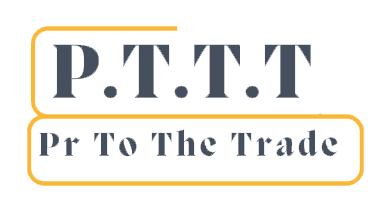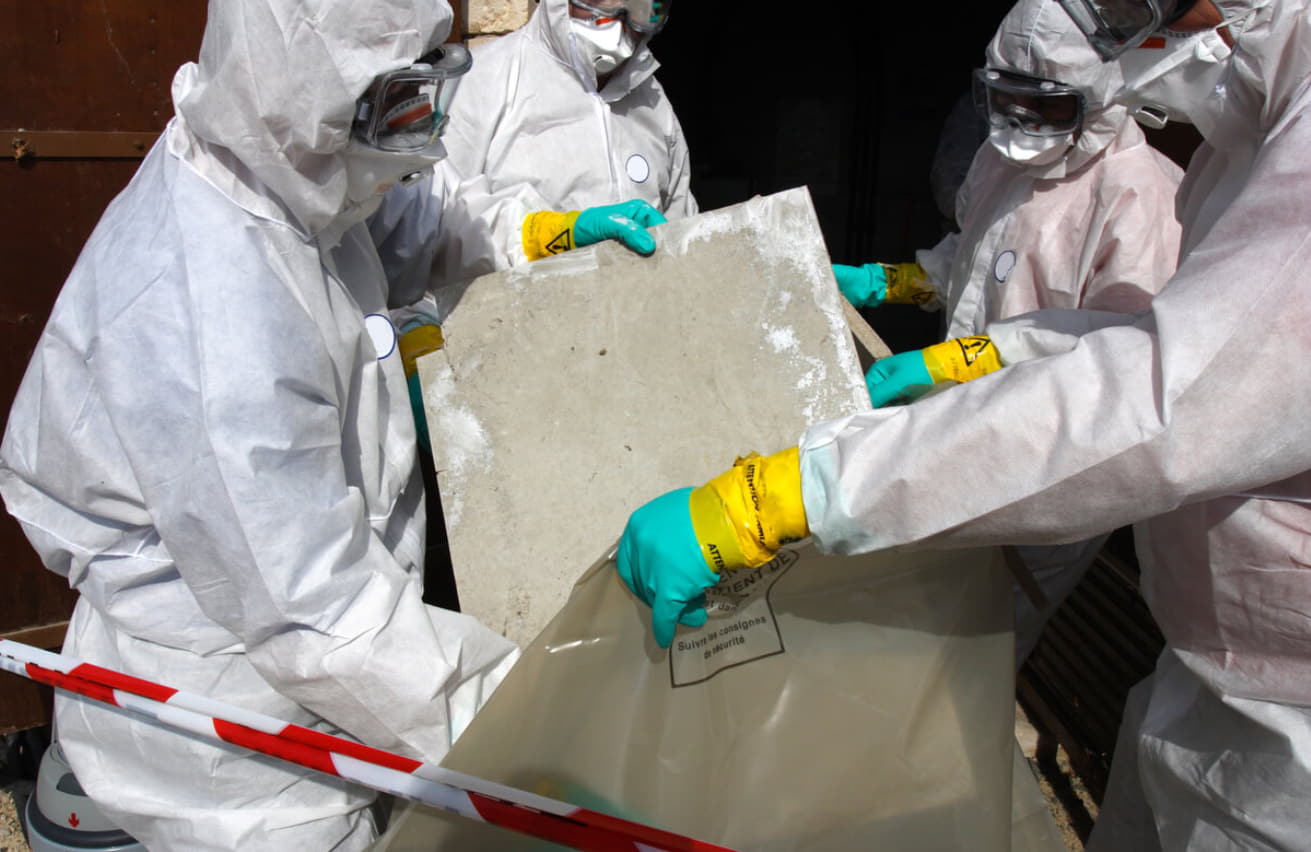For a great many places of work, Class A asbestos training can be a vital resource. Asbestos, a hazardous mineral once widely used in construction materials, poses severe health risks. It is crucial to understand the potential dangers associated with asbestos and the importance of proper training.
Understanding Fibrous Asbestos
Asbestos is a naturally occurring mineral composed of thin, fibrous crystals. It was commonly used in construction materials due to its heat resistance, strength, and insulating properties.
Asbestos can be found in your insulation, roofing materials, floor tiles, and pipe insulation. When these materials deteriorate or get disturbed, microscopic asbestos fibres can become airborne and be inhaled, leading to serious complications.
Class A vs. Class B Asbestos Training
When it comes to asbestos training, two main categories exist Class A and Class B. The former focuses on handling friable asbestos, which can easily crumble and release fibres into the air.
It involves comprehensive training on identification, removal, and disposal procedures for friable asbestos materials. Class B asbestos training, on the other hand, deals with non-friable asbestos. It is more tightly bound and less likely to release fibres when intact.
The Importance of Class A Asbestos Training
Friable asbestos poses a higher risk of fibre release and inhalation, making it more hazardous. Individuals with Class A asbestos training in Sydney receive in-depth knowledge about the proper handling techniques.
This specialized training ensures that only qualified professionals handle such materials, reducing the risk of exposure for both workers and the general public.
What Non-Professionals and Civilians Should Do
For those who suspect the presence of asbestos in their environment, it is vital to take precautionary measures. If you encounter damaged or deteriorating materials that may contain asbestos, avoid disturbing them.
Instead, isolate the area and restrict access to prevent further fibre release. It is crucial to contact professionals trained in asbestos testing and removal to assess the situation and conduct safe removal procedures. Attempting to handle asbestos without the necessary training and protective equipment can significantly increase the risk of exposure.
Conclusion
In industries where asbestos exposure is a risk, investing in proper training, specifically Class A asbestos training, is crucial. The dangers of asbestos cannot be underestimated. By understanding the risks associated with asbestos and appropriate precautions, we can mitigate the severe health consequences of asbestos exposure.

